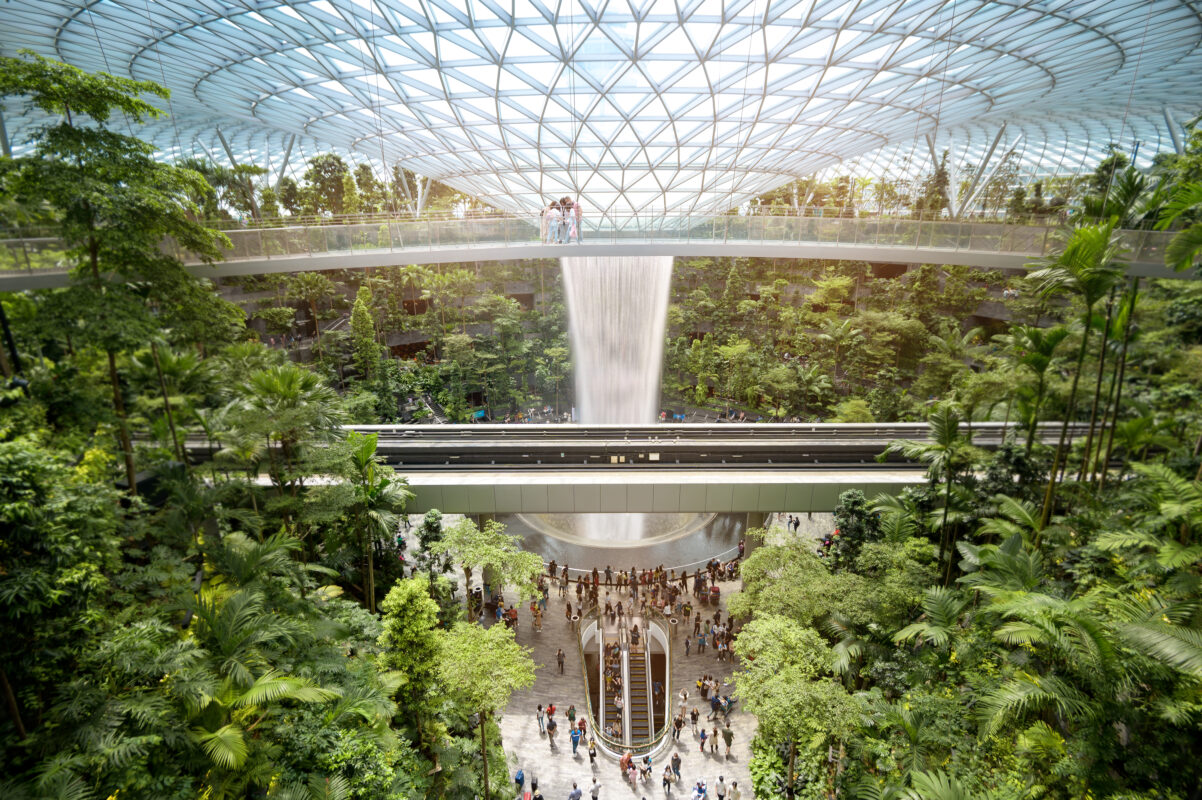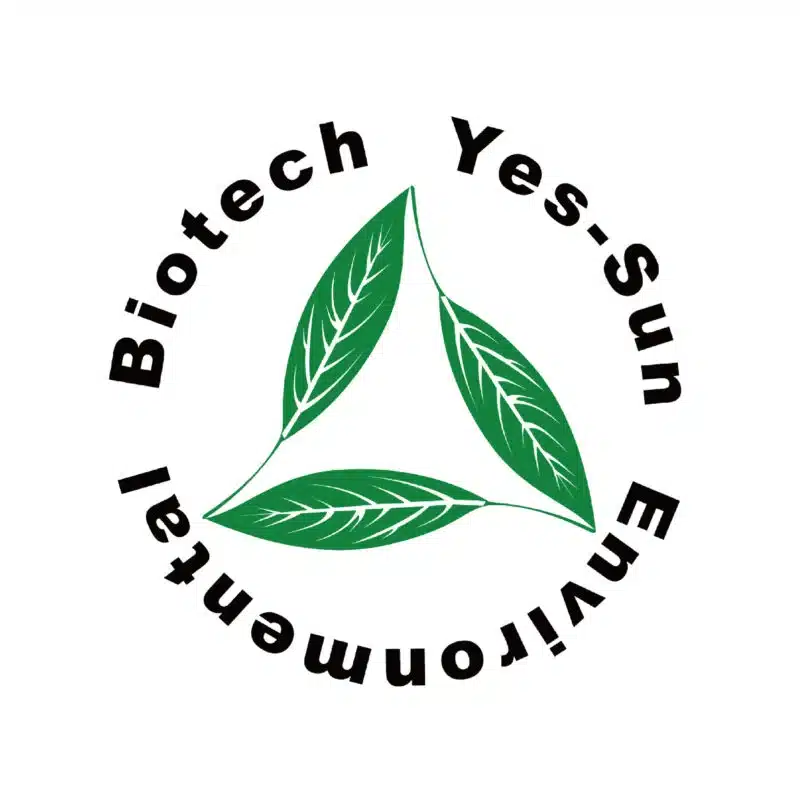How does “Garden City” Singapore handle their domestic waste?

Singapore, a city-state with limited land resources, faces the challenge of managing its land efficiently due to its high value. The scarcity of land in Singapore has led to innovative approaches and careful planning to optimize land use and maximize its value.
How do they deal with domestic garbage produced in the country?
Singapore, renowned as the “garden city,” faces the crucial challenge of managing its growing population and the corresponding increase in household waste. The proper disposal of garbage has become an important issue for the city-state.
To address this challenge, Singapore has implemented a comprehensive and integrated waste management system. The government emphasizes the principles of reduce, reuse, and recycle to minimize waste generation and maximize resource recovery.
Singapore garbage sorting is all about voluntary?
Singapore is renowned for its strict laws and regulations, which are instrumental in maintaining cleanliness and orderliness in the city-state. While there are clear and severe punishments for offenses like littering, smoking in prohibited areas, and eating in public transportation, the classification of garbage operates on a voluntary basis without specific penalties. The emphasis is on promoting a sense of responsibility and environmental consciousness among citizens.
In Singapore, the waste classification system primarily revolves around separating recyclable and non-recyclable items. The government provides guidelines and educates the public on the importance of waste reduction and recycling. While there are no specific punishments for failing to classify garbage, the city-state encourages residents to voluntarily participate in waste separation and recycling efforts.
Is this possible?
The Singapore National Environment Agency has explained that the decision to not enforce mandatory garbage sorting is to avoid increasing residents’ obligations and instead promote voluntary environmental protection. The government encourages individuals to take the initiative in maintaining a clean and sustainable environment, starting with their own homes.
Despite this, the Singapore government has made significant efforts to reduce the amount of waste generated in the country. The waste management approach in Singapore is guided by the “3R principle” – Reduce, Reuse, and Recycle. This means minimizing waste generation at its source and maximizing recycling opportunities.
How to deal with domestic garbage produced in the country?
To address the challenge of waste disposal, the Singaporean government implemented a unique solution by constructing the world’s first ecological offshore landfill, known as the Semakau Landfill. This landfill, designed by engineers and environmentalists from Singapore’s National Environment Agency (NEA), has not only served its purpose but has also become a popular tourist attraction.
With a population of approximately 5.61 million people, Singapore generates an average of 0.86 kilograms of waste per person per day. The waste is carefully managed and transported to the Semakau Landfill, located offshore among the southern islands of Singapore. Covering a total area of 3.5 square kilometers, the landfill has a capacity of 63 million cubic meters.
To create the required space for the landfill, a 7-kilometer perimeter rock bund was constructed, enclosing a part of the sea between Pulau Semakau and Pulau Sakeng. This innovative approach has allowed Singapore to maximize its land resources and optimize waste management practices.
Before being sent to the landfill, solid waste materials undergo proper segregation. Recyclable and non-recyclable items are separated to ensure effective waste management. Non-recyclable waste is then transported to Waste-to-Energy (WTE) plants, where it undergoes incineration as part of Singapore’s waste-to-energy strategy.
The Semakau Landfill and waste-to-energy initiatives demonstrate Singapore’s commitment to sustainable waste management. By utilizing advanced technologies and engineering solutions, Singapore aims to minimize its environmental impact, conserve land resources, and promote a circular economy.
Overall, the Semakau Landfill serves as an innovative and efficient solution for Singapore’s waste management needs. It represents the government’s dedication to finding sustainable solutions and ensuring a clean and livable environment for its residents, even in the face of land scarcity.

How does it work?
Singapore generates approximately 17,000 tons of waste per day, out of which 56% is recycled. The remaining non-recyclable waste is transported for incineration, while non-combustible materials are sent to landfills. The country currently has four waste disposal infrastructure facilities with a combined incineration capacity of 6,900 tons per day. Following incineration, around 1,600 tons of ash is produced and transported to the shoreline of Pulau Semakau for landfill.
The incineration process takes approximately 45 to 90 minutes. The heat generated during incineration is recovered and converted into energy, with 20% utilized by the incineration plants and the remaining 80% integrated into the power grid. This energy supply is capable of meeting around 3% of Singapore’s electricity demand. Incineration reduces the volume of waste by 90%, and the resulting ash and non-combustible waste are carefully collected.
Singapore has successfully maintained the environmental integrity around waste incineration facilities, and its landfill technology is commendable. Pulau Semakau, an artificial island constructed using landfill techniques, serves as a unique example. Nearly 10 million tons of incinerated waste are safely buried beneath this man-made island, creating a space that resembles a park. The success of Singapore’s environmental protection efforts has made Pulau Semakau a popular tourist attraction.
Singapore’s comprehensive waste management system, including recycling, incineration, and landfill strategies, exemplifies the country’s commitment to environmental sustainability. By employing advanced technologies and effective waste disposal practices, Singapore strives to minimize its ecological footprint and maintain a clean and livable environment for its residents.
Don’t live up to the ‘Garden City’ reputation! ! !
Singapore is not the first country to utilize land reclamation for waste disposal. However, what sets Singapore apart is its unique approach on Pulau Sakeng and Pulau Semakau, where land is created not just for waste management but also for eco-tourism. These islands showcase a wealth of environmentally relevant research and ecological content, attracting renowned tourists and researchers alike. Pulau Semakau, in particular, has received widespread acclaim for its successful resolution of solid waste disposal issues. The Singapore National Environment Agency predicts that the Pulau Semakau Landfill will remain in use until at least 2045.
Singapore’s innovative strategy demonstrates its commitment to addressing waste management challenges while promoting sustainable tourism and environmental education. By integrating waste disposal and ecological initiatives, Singapore has transformed what could have been a traditional landfill into an ecological showcase. The success of Pulau Semakau serves as a testament to Singapore’s dedication to sustainable waste management practices and their ability to create a harmonious coexistence between waste disposal and environmental preservation.



 中文 (台灣)
中文 (台灣) Bahasa Indonesia
Bahasa Indonesia Tiếng Việt
Tiếng Việt Bahasa Melayu
Bahasa Melayu Français
Français Español
Español Português
Português